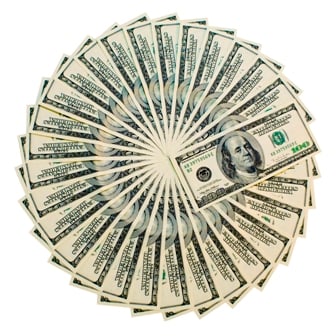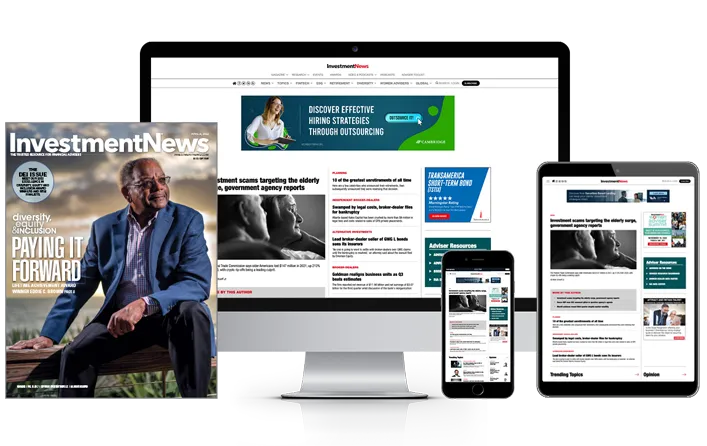U.S. exchange-traded funds took in $56.3 billion for the first half of this year, an increase of more than 50.9% from the first half of 2010, according to State Street Global Advisors' mid-year SPDR outlook.
U.S. exchange-traded funds took in $56.3 billion for the first half of this year, an increase of more than 50.9% from the first half of 2010, according to State Street Global Advisors' mid-year SPDR outlook.
At this pace, 2011 will likely be the fifth year in a row that ETFs see more than $100 billion in inflows, according to the report, which was released today.
Specifically, fixed income, developed international and dividend ETFs saw the most in net flows for the first half as investors tried to shield themselves from market uncertainty and the potential of rising interest rates.
Fixed-income ETFs saw $16.3 billion in net flows, while developed international funds brought in $12.6 billion and dividend ETFs $6.4 billion.
Emerging-markets, U.S. small-cap and commodities ETFs saw the most in outflows for the first half, losing $3.7 billion, $2.2 billion and $2.1 billion, respectively.
The outflows — for the most part — correspond with how those sectors performed over the past six months, according to the SSgA report. Emerging-markets stocks returned only 0.9%, compared with the MSCI EAFE Index, which returned almost 5.0%. The Dow Jones UBS Commodities Index returned -2.5% for the first half of the year.
But one discrepancy in the flows is with U.S. small-cap ETFs, which saw $2.2 billion in outflows even though the S&P SmallCap 600 Index returned 7.54% as of June 30.
“It's possible that some investors may feel that it's time to sell U.S. small-cap given the run the asset class has had,” said Kevin W. Quigg, global head of the ETF Capital Market Group at SSgA.
SSgA anticipates that ETFs in asset classes that are non-correlated to the equity markets will see the most inflows in coming months. These ETFs include those based on inflation-linked bonds, real estate investment trusts, natural resources stocks and commodities.
Advisers today generally have anywhere between 3-10% invested in real assets, Mr. Quigg said.
Active ETFs are expected to start to take off in the coming months. “With a recent increase in active ETF filings and after relatively incremental growth to date, actively managed ETFs will begin to gain traction,” the report said.







